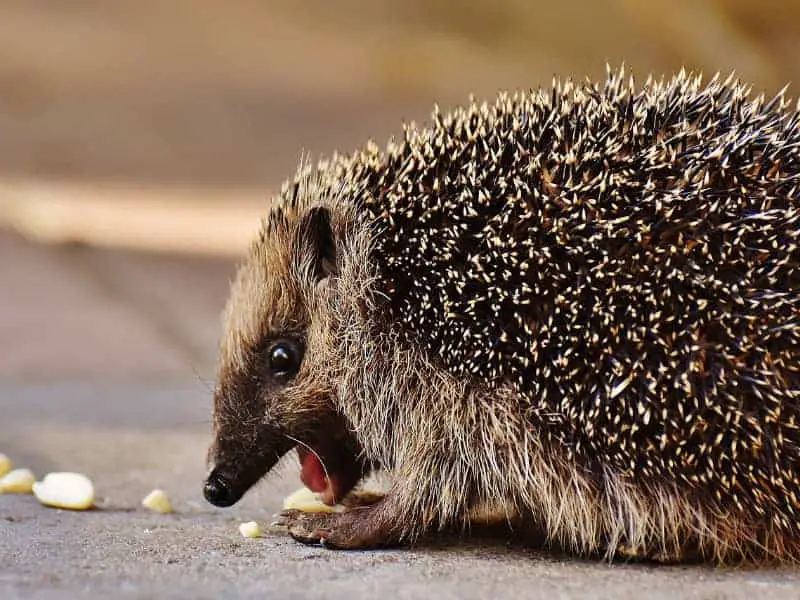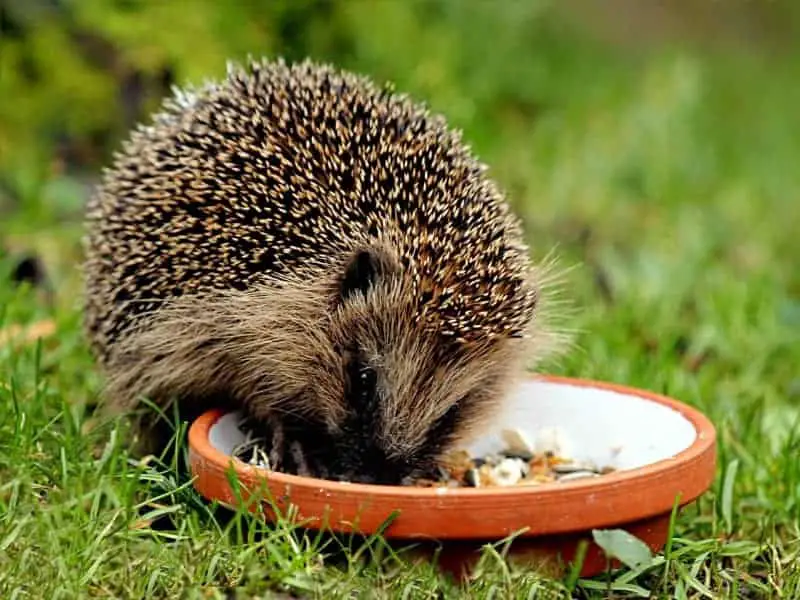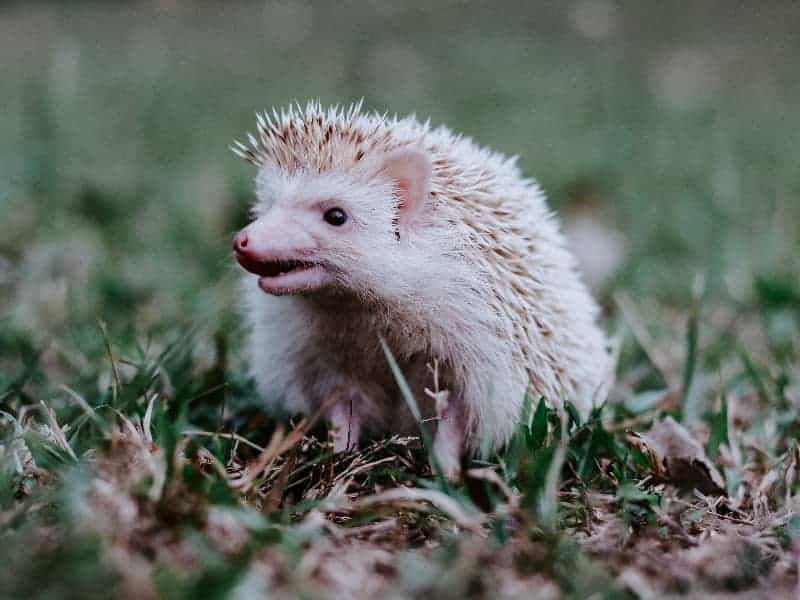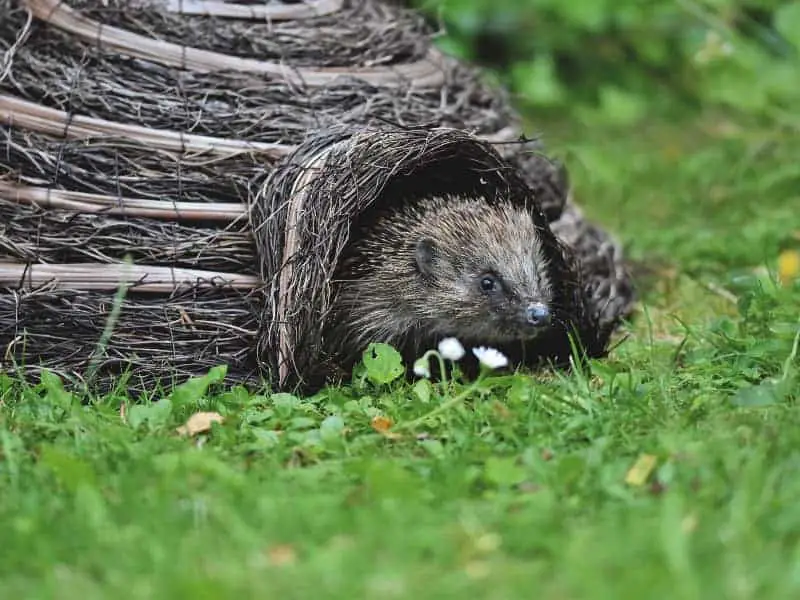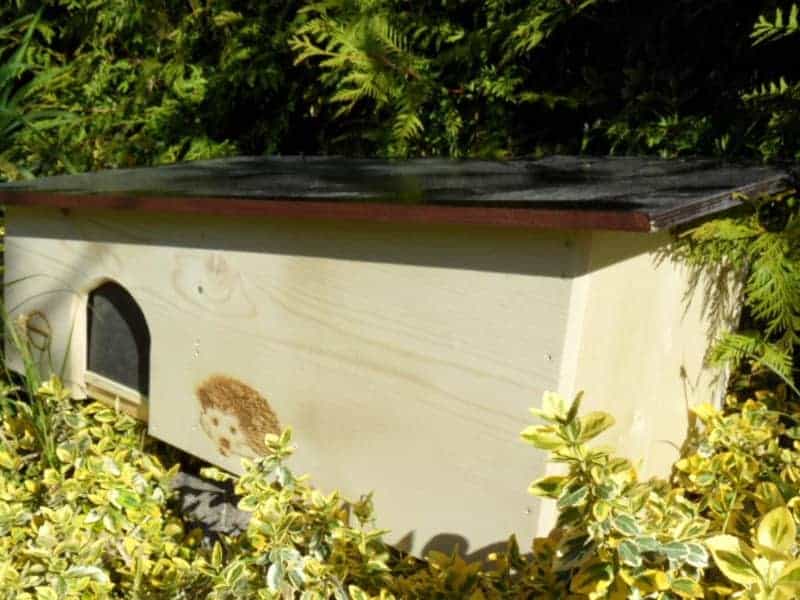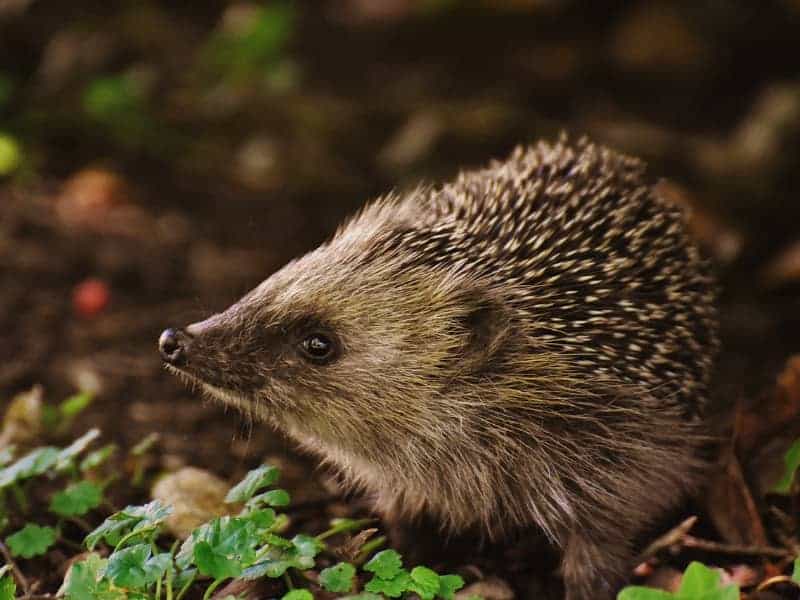
When do hedgehogs leave their mother?
You have seen young hedgehogs and wonder when hedgehogs leave their mother. The little mammals actually already look like finished hedgehogs. However, they weigh only about 150 to 200 g. This means that they are still being suckled by their mother.
When are hedgehogs independent and leave their mother?
After a gestation period of about 35 days, the mother hedgehog gives birth to her young. A litter usually consists of 2 to 7 young. When the young are about 3.5 weeks old, they leave the nest without their mother to explore the area. The mother is always nearby as she is still nursing the young. About 2,5 weeks later with an age of 6 weeks the little hedgehogs have to take care of themselves. This means they then also leave the nest and their mother. In the first time the siblings stay together until they slowly go their own ways.
How long does the mother hedgehog nurse the young?
Until the little hedgehogs are about 6 weeks old, they are suckled by the mother hedgehog. Even though the little suckers look like finished hedgehogs, they are dependent babies. Without their mother, the little ones are completely helpless. If you find such a helpless baby hedgehog, take it immediately to a hedgehog rescue center if possible. If this is not possible you must look after the offspring instead of the mother. Only with the right upbringing and care do the babies have a chance of survival.
Critical first days for the young hedgehogs
Unfortunately, it is often the case in nature that many of the young mammals die during the first few days. If the mother fails in the suckling phase, the little ones have quite bad cards. There are a number of reasons why the mother hedgehog cannot suckle her offspring. Either she simply has too little milk for the large number of young or something has happened to her.
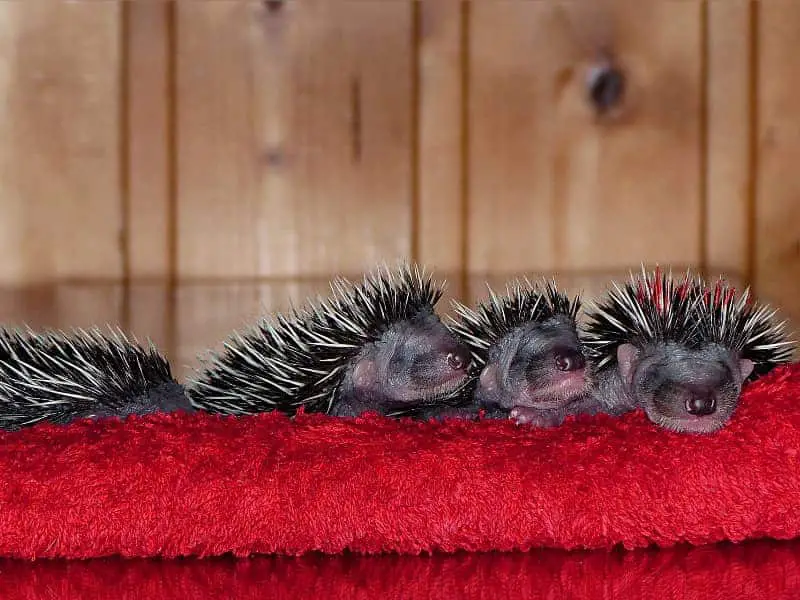
Why do many young hedgehogs die during hibernation?
The later the litter of young has taken place, the less time you have to separate from the mother and build up sufficient fat reserves. In November the young hedgehog should weigh at least 500 grams. If its weight is much less than this, you can be sure that it will not live to see the next spring. The animals instinctively know, What weight is necessary to survive hibernation. For this reason, you may still encounter young hedgehogs in December, eagerly searching for food. Most of the time, however, this endeavor is doomed to failure. The hedgehogs can no longer find enough food and tend to lose weight rather than gain it. These circumstances are responsible for the high mortality of young hedgehogs in their first year of life. Experts are sure that only about 25 % of the young reach the next spring alive.
First aid for small hedgehogs
If you have found a young and helpless hedgehog, it is important that you find out immediately what to do next. Hedgehog rescue centers are the first place to go. Whether the orphaned hedgehog survives depends very much on its age and how it is reared. The first thing you should do is put the orphaned baby hedgehog in a box with lots of newspaper and cover it with a towel. If the little hedgehog is colder than your hand, then he is hypothermic. Then put him on a hand-warm hot water bottle and cover him up.
If you have found the baby hedgehog so early that its eyes and ears are still closed, you must stimulate the animal to defecate and urinate. In the hedgehog's nest this is normally done by the mother. It licks with its tongue over the belly and the genitals of the little hedgehog. In the care this is your part. You can simulate the mother's tongue with a moistened fingertip. For feeding such small orphaned hedgehog babies only lactose-free special food is used. You must feed this until the hedgehog eats on its own. Older baby hedgehogs should be fed in the garden near their nest. This avoids the need to release them into the wild later.
Author

-
Garden animal - A life with nature
Welcome to my animal blog! My name is Dirk and I am happy to take you on my journey through the fascinating world of animals and gardening.
Born 54 years ago, I have had an insatiable curiosity for the animal world around me since childhood. Although I have moved professionally in other industries, my true passion has always been animals and nature. It is remarkable how a small garden has become such an important part of my life.
Many of my fondest memories are associated with the animals that share our home. Whether it's the curious squirrels that scurry across the trees in the morning, the colorful variety of birds that visit our feeders, or the busy bees and butterflies that pollinate our flowers, every moment with them is invaluable to me.
This blog is my contribution to share my experiences, discoveries and insights with like-minded people. Here I will share stories of unforgettable encounters with animals, give tips on gardening and creating wildlife-friendly habitats, and take you on my journeys through nature.
Thank you so much for being here!
Cordial,
Dirk aka garden animal
Last posts
- 27. February 2024PetsVeganes Hundefutter – Grün und Gesund?
- 18. January 2024ChickensOregano für Hühner
- November 27, 2023HamsterDiurnal hamsters
- November 24, 2023HamsterHamster hammock

